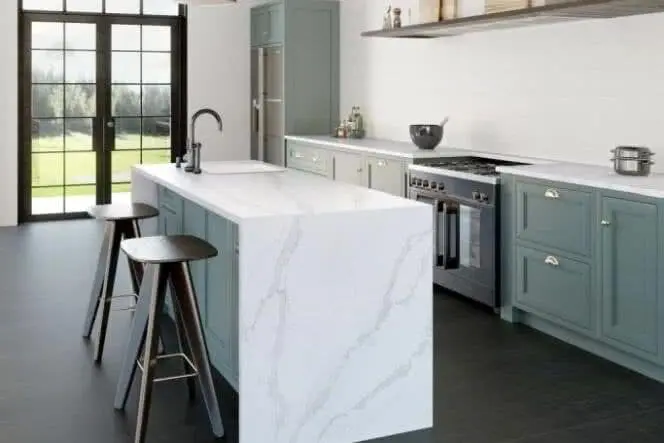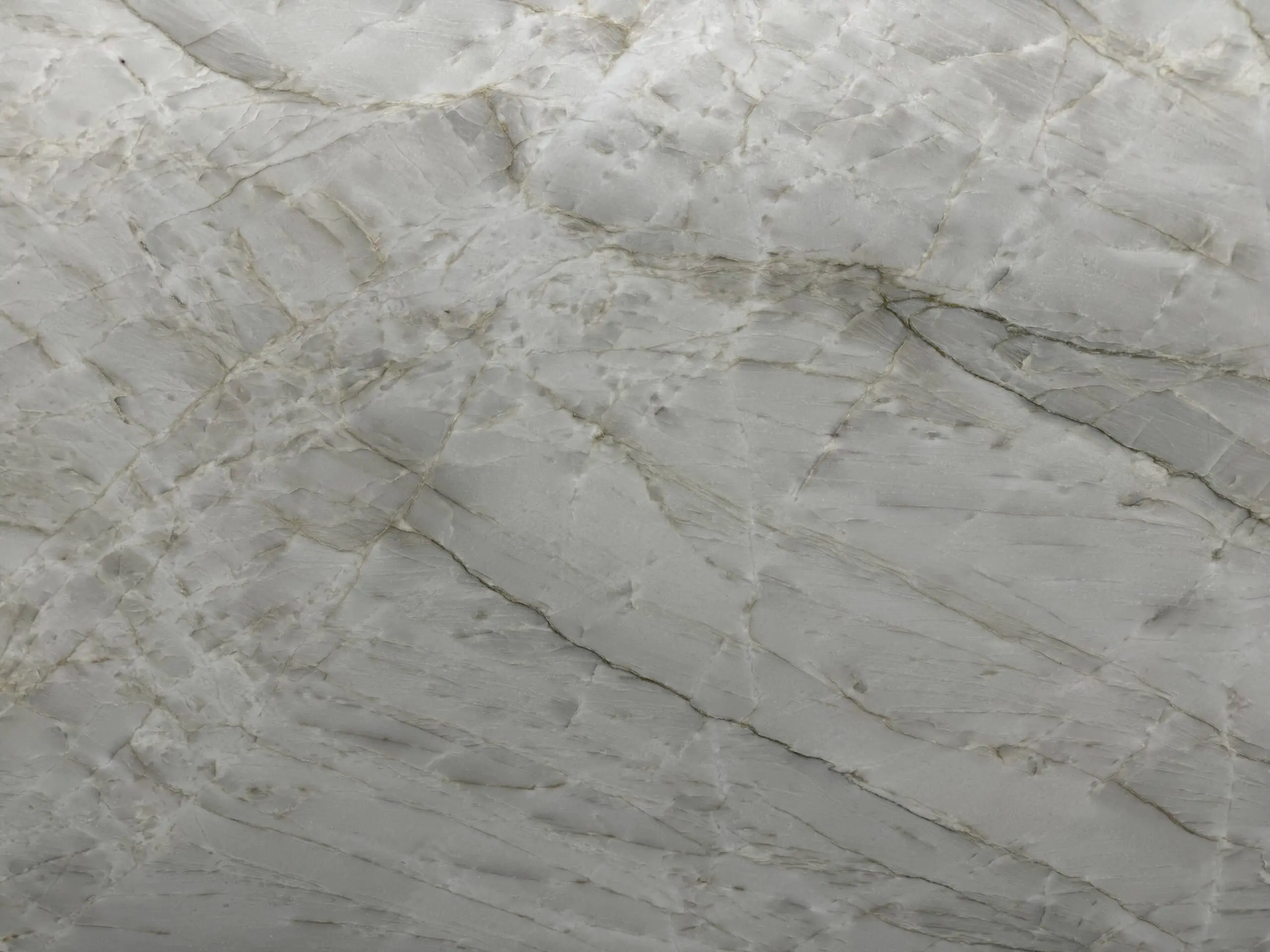
Are you looking to redesign your home decor , but don’t know how to choose between marble or granite? Don’t worry, this post will help you! After all, investing in marble or granite is an excellent way to create a sophisticated environment! We will show you the difference between marble and granite and explain what, in fact, marble is and what is granite. In addition, we will clarify some points such as the right place for the application of marble and granite and say which are high quality alternative materials for these two natural stones.
Traditional and high quality, both marble and granite are excellent materials. They can be applied, for example, on countertops or used as coatings. However, many people are confused about these two stones. What happens is that we ended up believing that marble and granite are used in the same way and have the same characteristics. But it’s not like that!
So that you leave your home the way you always dreamed and make the right choice of coverings, we created this post with all the details on the subject. Learn now how to choose between marble and granite for your project:
Choose the right location for the application
We already know that marble and granite are two sophisticated stones … However, there are still many doubts about how to use each one. Basically, both options can be used as coatings and finishes. The most common is to apply them in places like:
- floor and wall covering;
- building facades;
- finishing of furniture, such as countertops and cabinets.
However, to use marble and granite properly, you must pay attention to the specific applications and characteristics of each one.
On the one hand, marble is the best option for the noblest spaces – bathrooms, living rooms or dining rooms. On the other hand, granite is usually present in facades, kitchens and gourmet areas.
After all, what is the difference between marble and granite?
First, the similarity is that both marble and granite are natural stones. And the differences between them are their technical characteristics, which involve strength, color and the designs of the material. So, are we going to get to know these differences better?
Understand what marble is
The marble is popularly known for its beauty and traditionalism. Basically, it is a natural metamorphic rock and mostly composed of calcite minerals.
The natural marble stone has a uniform coloring and still presents the so-called veins, which are its very well defined designs. This is an option with high porosity, which makes it also less resistant than granite .
Some tips for you to evaluate before choosing marble:
- marble should be used only indoors;
- prefer to apply marble in spaces with low traffic of people, so that the stone does not wear out with friction;
- the stone is most suitable when used for coverings. This is because it is more light than granite;
- marble is usually more expensive.
Learn more about the types of marble here.
Understand what granite is
In turn, granite is a natural igneous rock. This means that, in its composition, it is possible to find elements such as: quartz, feldspar and mica. Together, these three components make granite beautiful and long- lasting.
The igneous natural rock granite is indicated for internal and external environments. In addition, it can be very well applied in finishing furniture or in service areas.
Unlike marble, granite does not have high porosity. Thus, it will hardly absorb water or form stains, making it an excellent option for humid places , such as the kitchen.
Some tips for you to evaluate before choosing granite:
- as it is more resistant, granite can be applied to countertops, kitchen sinks, washbasins and external areas;
- if you want to use granite on the façades, prefer the reddish or green granites, with less granulation and porosity;
- granite tends to be cheaper than marble.
Learn more about the types of granite here.

